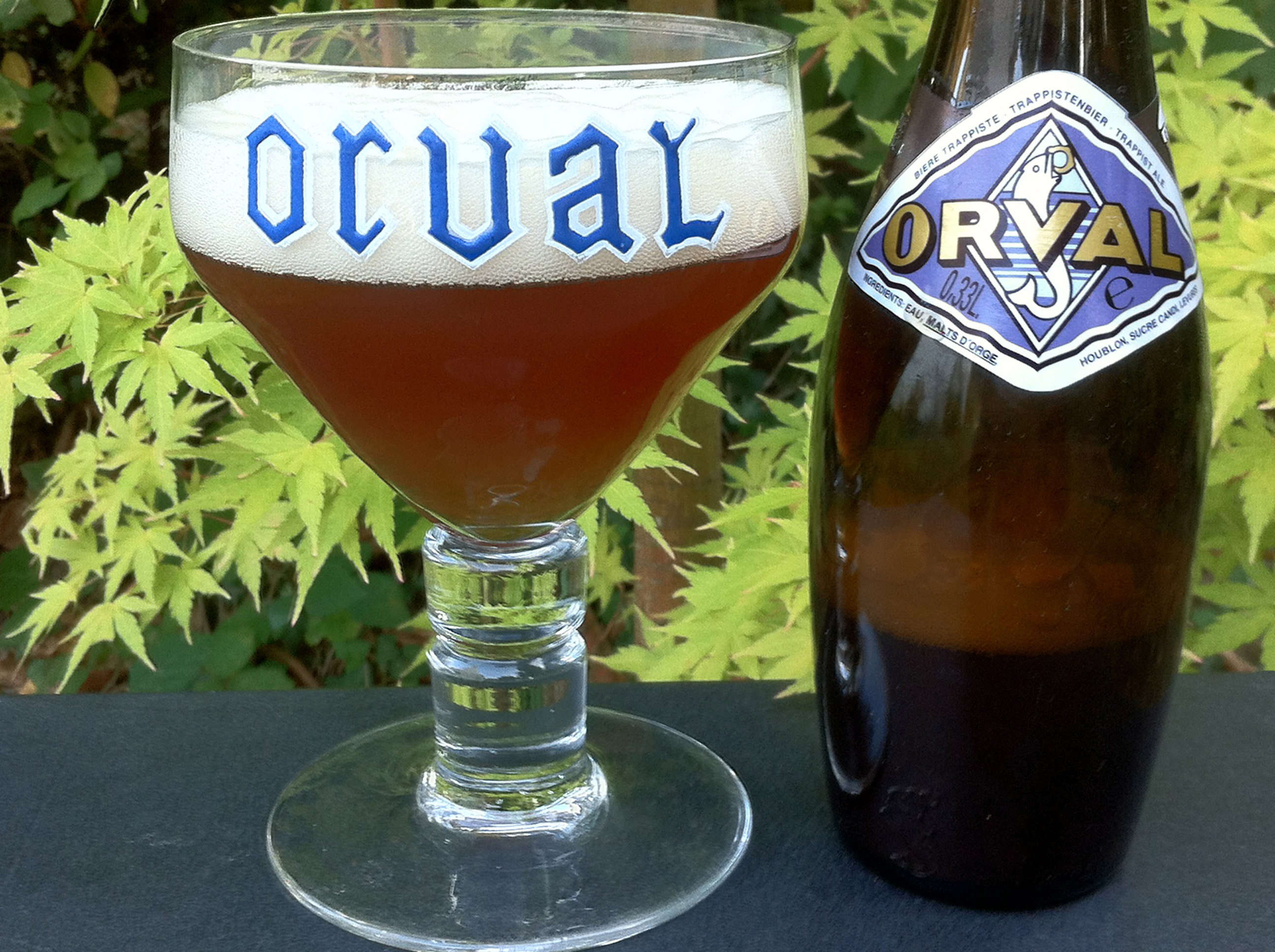
A Few Things to Know About A Fantastic Trappist Beer
As I wrote in a preceding post about this beer, Orval is in a class by itself, in its flavour and in its uniqueness. Here some additional explanations…
— One of its major features, although not the least, is the use of Brettanomyces, a non-spore genus of yeast added during maturation, and presumably the cause of its sour taste. I say “presumably” because not everybody agrees. Still, until shown proof to the contrary, it is these wild yeasts, added to Saccharomyces cerevisiae, which contribute to Orval’s dry and sour character.
— A common implicit assumption is that Orval must be aged in cellar for several years. The more mature, the better, the assumption goes. Some wait three or four and even ten years before tasting it. But, as Jef van den Steen (brewmaster and a storehouse of zythologic culture) points out, “An Orval of 10 years is no more than a gueuze […] The ideal is to drink it after 6 months.” But what is certain is that it ages beautifully, even if it does move in the direction of a gueuze.
— It is generally thought that there is only one Orval. That’s because only one is for sale — the one that contains 6.2% alcohol. Yet, there is indeed a second beer, which I was lucky enough to taste on the site. Same bottle, same cap, but no label, and 4.5% ABV — reserved for the monks of the abbey. Called “Petit Orval” (Small Orval), it’s really more fruity, more grassy (due to its single fermentation). If you want to enjoy this rarity, there is only one solution: Go to Orval and the abbey’s brewpub “A l’Ange gardien.” But it will be on tap.
